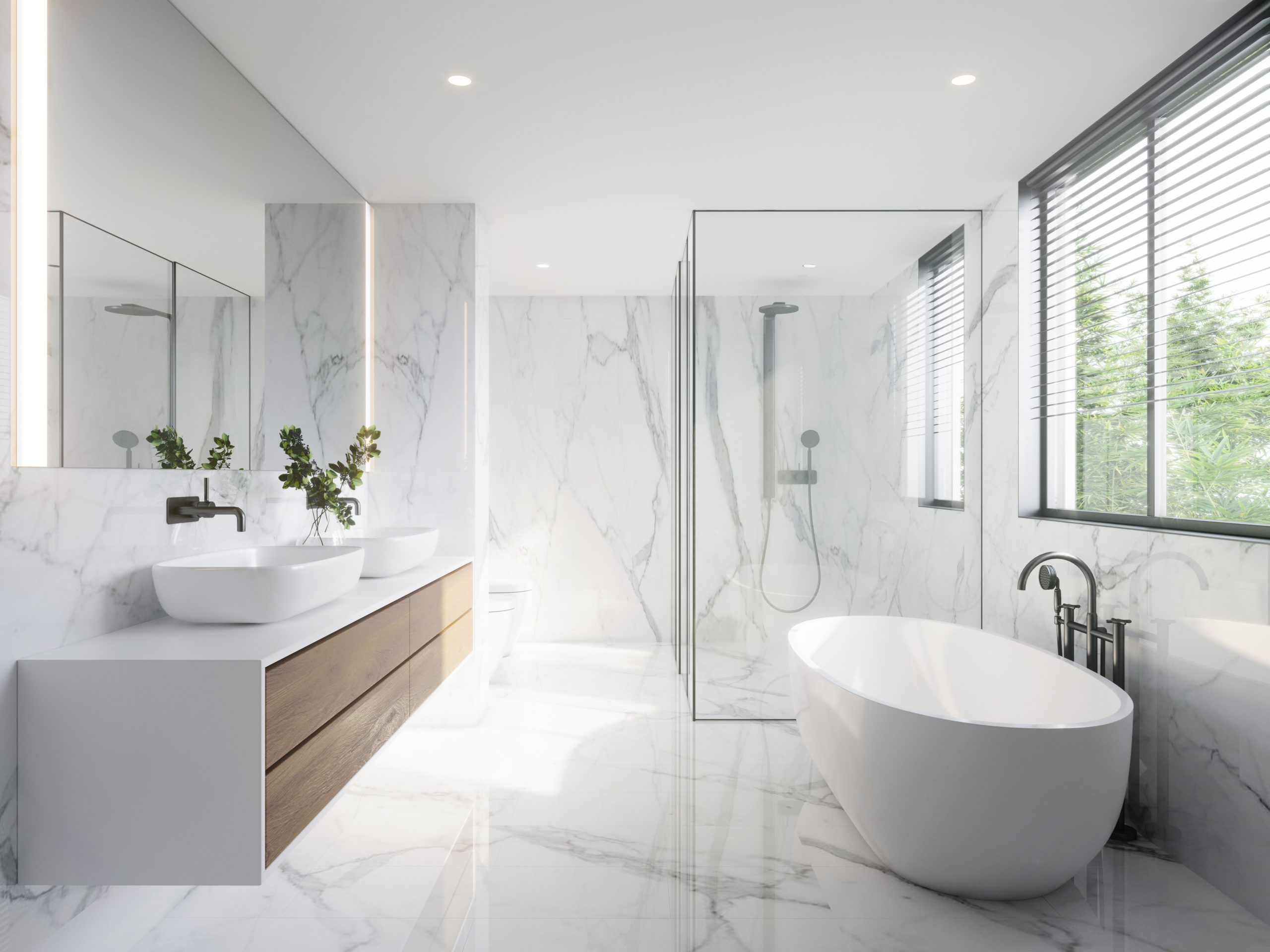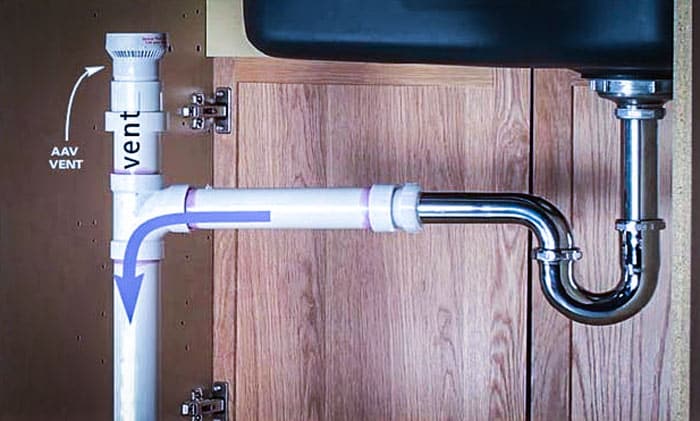The Purpose of Adequate Ventilation in Maintaining Plumbing Systems
The Purpose of Adequate Ventilation in Maintaining Plumbing Systems
Blog Article
The publisher is making several good pointers regarding What Are Plumbing Vents and Why Are They Important? in general in this content directly below.

Appropriate ventilation in plumbing systems is usually neglected, yet it is crucial for preserving the capability and security of your home's pipes. Air flow helps control atmospheric pressure, avoid the buildup of unsafe gases, and make sure the efficient elimination of waste. In this guide, we will certainly check out the significance of appropriate plumbing air flow, how it works, and the advantages it brings to your plumbing system.
Recognizing Air Flow in Plumbing
Air flow in plumbing describes the network of pipelines that permit air to flow with the drain system. These vents offer numerous functions, consisting of managing atmospheric pressure within the pipelines, stopping sewage system gases from going into the home, and assisting in the smooth flow of wastewater.
Exactly How Ventilation Functions in Plumbing Systems
Air Pressure Guideline
Proper air flow maintains well balanced air pressure within the pipes system. When water flows via pipes, it displaces air. Without ample ventilation, this variation can develop negative stress, leading to reduce drains or siphoning of water from traps, which can cause undesirable smells to permeate right into the home.
Stopping Drain Gas Buildup
One of one of the most important functions of pipes vents is to stop drain gases, such as methane and hydrogen sulfide, from accumulating within the home. These gases can posture severe health threats and are highly combustible. Vent pipes permit these gases to leave securely outside.
Aiding in Waste Removal
Air flow assists in the efficient elimination of wastewater by preventing airlocks in the drain system. When air can flow easily via the vents, it allows water and waste to stream efficiently through the pipes, lowering the risk of blockages and back-ups.
Sorts Of Plumbing Vents
Main Heap Vent
The major pile vent, also referred to as the air vent pile, is the key air vent in a plumbing system. It extends from the main drainpipe line up through the roofing system, permitting gases to leave and fresh air to get in the system.
Branch Vent
Branch vents link to the primary pile vent and offer private components, such as sinks, toilets, and showers. These vents make sure that each fixture has sufficient air flow to operate properly.
Air Admittance Valve (AAV).
An Air Admission Shutoff (AAV) is a one-way valve that permits air to get in the plumbing system without the requirement for a traditional vent pipe prolonging through the roofing. AAVs are frequently utilized in restorations or areas where installing a basic vent is not practical.
Indications of Poor Ventilation in Pipes.
Slow Draining Fixtures.
If your sinks, bathtubs, or commodes are draining pipes gradually, it could be an indication of poor ventilation. Poor air flow can develop a vacuum cleaner effect, making it hard for water to drain properly.
Gurgling Seems.
Gurgling noises originating from drains are commonly a result of air being sucked with water catches as a result of negative pressure in the pipes. This is a clear indicator of inadequate air flow.
Undesirable Smells.
Sewage system smells inside your home are a warning that your pipes system is not properly aerated. This could mean that sewer gases are not being sufficiently vented outside, resulting in potentially hazardous conditions.
Usual Air Flow Blunders.
Insufficient Vent Sizing.
Utilizing undersized air vent pipelines can cause bad air flow and stress inequalities in the system. It's essential to utilize vents that satisfy the certain demands of your plumbing system.
Improper Vent Positioning.
Positioning vents as well much from the components they serve can lower their efficiency. Correct positioning ensures that air can stream easily and effectively via the system.
Ignoring Code Needs.
Building regulations offer specific guidelines for pipes ventilation. Neglecting these codes can cause a system that stops working to work appropriately and may result in pricey repairs or health hazards.
Benefits of Appropriate Air Flow.
Boosted System Performance.
Properly ventilated plumbing systems operate much more effectively, with fewer blockages, faster draining, and less stress on the pipes. This performance expands the life expectancy of the pipes system.
Improved Air Top Quality.
By stopping drain gases from entering your home, correct ventilation contributes to much better interior air high quality, making your living atmosphere healthier and extra comfortable.
Avoiding Water Damages.
Appropriate ventilation aids stop water from being siphoned out of traps, which can bring about drain gases getting in the home and triggering water damages in time.
Actions to Guarantee Correct Ventilation.
Consulting Pipes Codes.
Constantly get in touch with local pipes codes when developing or modifying your pipes system. These codes offer the necessary standards for proper airing vent and guarantee your system meets security criteria.
Regular Assessment and Upkeep.
Regular assessments can aid identify prospective ventilation problems prior to they end up being significant issues. Maintenance tasks, such as cleaning air vent pipes and looking for clogs, are important for keeping the system in good working order.
Specialist Installation.
For new setups or significant alterations, it's important to work with an expert plumbing technician. They have the expertise to make sure the ventilation system is properly developed and installed according to code.
Final thought.
Proper air flow is a vital part of any pipes system, ensuring that it works successfully and safely. By comprehending the relevance of ventilation, recognizing the indications of inadequate ventilation, and taking steps to preserve your system, you can prevent costly issues and safeguard your home's air top quality.
4 Things You Should Know About Your Plumbing Vents
What Plumbing Vents Are
Also called a vent stack, a plumbing vent is a vertical pipe attached to your drain line that runs through your roof. The plumbing vent pipe, or plumbing air vent, removes gas and odors from your plumbing system and allows fresh air to enter the pipes, helping the water to flow out of the drain pipes.
What Plumbing Vents Do
Plumbing vents have two basic functions. One of which is to allow unpleasant smelling wastewater and sewer gasses to escape your plumbing system instead of entering your home. Plumbing vent pipes are typically located on roofs, away from windows, to ensure the fumes exit the home completely.
The other function of the plumbing vent is to move fresh air into your plumbing system. This helps move water through every plumbing fixture in your house, like toilets and sink drains. Think of the way in which you need to let a little air into the bottle as you pour soda in order to make the drink flow smoothly.
Different Types of Plumbing Vents
True vent: This is the most common vent option. In simplest terms, a true vent is a vertical pipe attached to your drain line that exits through the roof. They often function as the main vent that other fixtures can connect to. Re-vent pipe or auxiliary vent: Attached to the drain line near specific plumbing fixtures, re-vent pipes run up and over to connect to the main vent. Common vent: Two plumbing fixtures installed on opposite sides of a wall are typically tied into the vent stack using something known as a sanitary cross. Wet vent: This venting option operates as a drain pipe and a vent at the same time. Wet vent drainage systems drain water from one fixture while venting the air from another. Although they’ve been used for over 100 years, wet vent systems have only recently been added to the plumbing code in many areas. If you’re planning on installing one in a bathroom remodel, make sure you check your local code prior to construction. Loop vent: For free-standing fixtures like kitchen island sinks, loop vents are ideal. These vent pipes run under the floor, rise from the P-trap, and create a loop inside the cabinet sink. Air admittance valve: An AAV is a one-way mechanical valve typically installed at the site of the plumbing fixture. AAVs allow venting to occur without having to tie into a larger venting system. They’re ideal for venting fixtures where you aren’t able to easily connect to an existing vent system. Common Plumbing Vent Issues
Although vent pipes typically don’t have water flowing through them, they’re still subject to many typical plumbing issues. For example, clogs are one of the most common problems associated with sewer vent pipes. If your vent pipe gets clogged, all of your plumbing fixtures tied into the vent stack will be affected.
A sink with a slow drain that bubbles and gurgles or a strong sewage smell around your toilet are both indicators that your toilet vent pipe is clogged. Because most vent pipes exit through the roof, old leaves, twigs or even a bird’s nest could be clogging the pipe.
Clogs in your vent pipe system cause a buildup of negative pressure, meaning that water won’t be able to flow out of your home very well. It’s similar to putting your finger over the opening of a straw to trap water inside. When you remove your finger, the water is able to flow out of the straw.
If you suspect you have any blockage in your vent, make sure you have a professional come examine the situation. Left unchecked, a blocked air vent can lead to other costly repairs, like leaks and sediment buildup.
Under Pressure
Pipe vents are essential aspects of a home’s plumbing system. Owning a home means learning about all sorts of things you never put much thought into before. But by understanding as much as you can about the important systems of your home, you can keep those budgets intact and those anxiety levels low.
https://www.homeserve.com/en-us/blog/home-improvement/plumbing-vents/

I'm certainly very taken with The Upsides of Proper Ventilation in Plumbing Design and I really hope you enjoyed reading our blog posting. Sharing is nice. You just don't know, you might be doing someone a favor. I am grateful for your time. Come back soon.
Get Quote Report this page